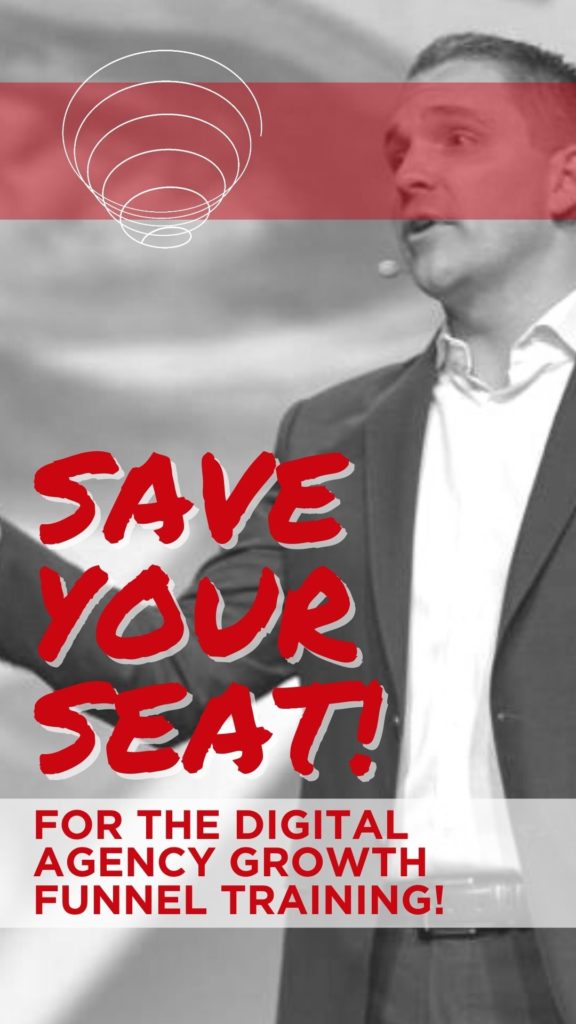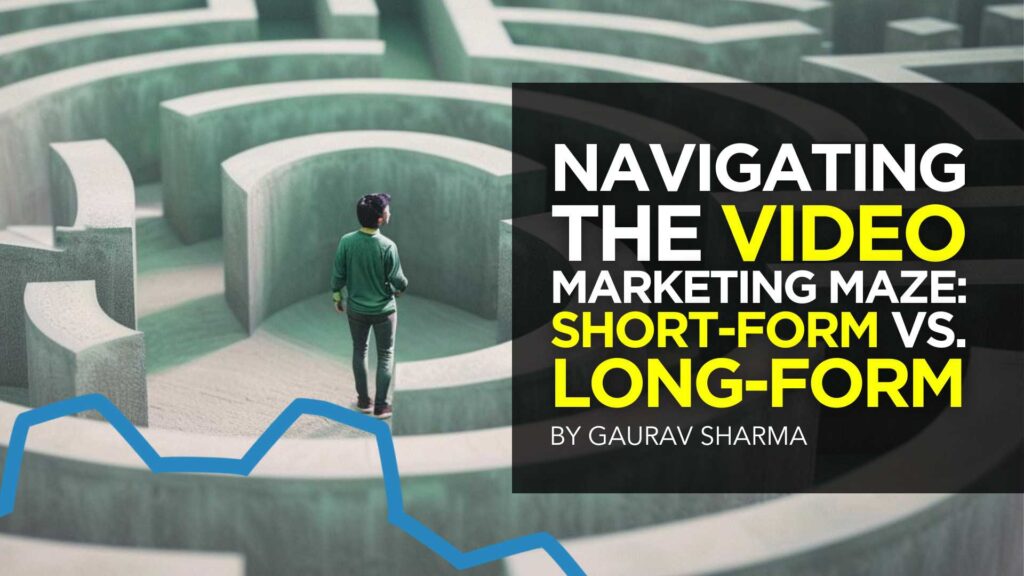We like your style. You’re not going for international Justin Bieber fame. You’re going for those 1,000 true fans, Kevin Kelly style. You don’t need bodyguards outside your home at all times. You just need qualified leads flowing into your inbox every week.
And that led you to LinkedIn.
Being a LinkedIn influencer doesn’t mean you have to share your nighttime skincare routine. You won’t have to showcase your grocery haul or do a fashion show after you go shopping.
You get to talk about what you love to do to an audience of people…who also love that topic.


Becoming a LinkedIn influencer takes 3 steps:
- Optimizing your profile for the Know, Like, and Trust Factor
- Choosing your content pillars to brand yourself
- Engaging with your community for added exposure
Just promise to remember us when you’re rich and famous.
Step 1: Optimize Your Profile for B2B Appearance
Before you can become an influencer, you have to clean up your room. No, we’re not trying to be your parent. We’re just telling you how it is. You can’t invite your friends over if they have nowhere to sit.
The same applies to your LinkedIn profile.
If you’re creating *incredible* content (see the section below on how to do that), but your profile is sloppy…you’ll confuse your audience. They’ll go to your profile, not know what to read or how to contact you, and then metaphorically walk around in that weird little circle your dog does before they go to the bathroom.
You need someone to go from:
“Wow, that post was insightful. Let me click on their profile to see who they are and what they do.” to “I know exactly who this person is and what they do.”
That can’t happen if they click on your profile to find a black and white profile photo, a headline that doesn’t tell them what you can do for them, and just the name of your role under the Experience section.
Even the former CEO and now Executive Chairman of LinkedIn, Jeff Weiner, has optimized his profile. Considering he increased the company value from $78 million to $7.9 BILLION, we feel comfortable advising you to write something.


Optimize these 5 parts of your profile:
- Profile photo
- Headline
- Contact information
- Summary
- Experience
The goal is to make your profile speak volumes about your experience in your field. This is for the Know, Like, and Trust factor that all influencers must successfully ace before succeeding online. Your profile will help your audience get to know what you do, learn something about you that makes them like you, and trust you to give them advice through your past experience.
Once your profile is optimized…you can work on your content.
Step 2: Choose Your Content Pillars
Before you hit post, you need to have a content strategy. That’s the marketer in us telling you that if you just randomly post content, you’ll miss out on engagement, followers, and conversions. That’s because people want to put you in a box…and it’s okay to let them.
When someone comes across your LinkedIn content or profile, you want them to categorize you. By labeling you as a marketer for ecommerce businesses, you’ve just branded yourself in their mind. When their friend asks them if they know anybody that can help market their ecommerce brand…who will come to mind?
You.
That’s where content pillars come in. We want your audience to know what to expect from you so they can easily persuade themselves to hit the follow button to see more.
If you already have a personal brand across your other marketing channels, you can use the same content pillars on LinkedIn. If you don’t, you’ll figure out 3-5 topics that you constantly talk about.
For example, you can talk about:
- Ecommerce Marketing
- Human psychology (as it pertains to marketing strategies)
- The future of ecommerce
Because you stick to these content topics—and don’t randomly veer off to give dog training advice or teach people how to build their front porch—you’ll get branded for being an expert in these topics.
People will know what you do, what your personal philosophy is, and what your content will teach them.
With these 3 topics, you can create a 3x per week posting schedule. Each week, you’ll cover each of these topics.
Here’s an example of what you can talk about:
- Ecommerce Marketing: A recent client win showing social proof of how great you are at your job!
- Human Psychology: Why consumers are buying more goods post-pandemic
- The Future of Ecommerce: How shoppable Reels will change ecommerce marketing
With your content strategy optimized, you’re ready to get more eyes on it.
Step 3: Engage the Community
Social media is a two-way street. If you’re just posting content and hoping everybody else will like, comment, and share it—keep dreaming. That’s not the point of social media.
The point of social media is to be social.
Part of becoming a LinkedIn B2B influencer requires you to engage your community. You need to actively engage with other people on the platform through comments on their posts, likes, shares, and DMs.
Every week you should be:
#1: Commenting on Popular Posts in Your Community
Your community is your niche. For example, if you’re a fractional CMO at your company—marketing is your community.
Bethany Cowan, Programming Manager at Clarion Events, and part of the epic team that helps us with our annual Traffic & Conversion Summit engages with the marketing community by commenting on a post by CEO of Customer Camp Katelyn Bourgoin:


Be like Bethany. By engaging with the marketing community, Bethany can connect with more marketers and get the community involved in the content she’s posting.
#2: Tagging Experts to Engage with Your Post
Social media can feel like a black hole sometimes. It feels like even more of a black hole when you’re just hitting publish and hoping for people to interact with your posts. That’s where tagging experts comes into play.
Here are a few ways to tag experts in your posts:
- Quote an expert in your industry, give your take on what they said, and tag them
- Share articles, repurposed tweets, or graphics from experts and tag them in your post
- Tag a few experts to give you feedback on content you’re creating for them
Emma Siemasko, founder and writer of Stories by Us, used her network of experts to 1) ask for feedback on her upcoming podcast episodes but 2) get more eyes on her post as each of those expert’s followers see that they were tagged in her post.


The goal of your engagement strategy is for anyone in your niche to think, “Wow, they’re everywhere.” You want your audience to see that not only can you post incredibly valuable content—but you’re integrated into your community. That’s crucial social proof that can lead to more opportunities (like speaking gigs, freelancing projects, and full-time roles).
Remember Us When You’re Rich and Famous
We’ll remember this moment. The moment we saw that spark in your eye that would lead to optimizing your LinkedIn profile, hitting publish, and becoming part of your community. The moment right before your fame hit.
When you were just a reader with a dream—a dream that took 3 steps to accomplish:
Step 1: Optimize Your Profile for B2B
Step 2: Choose Your Content Pillars
Step 3: Engage the Community
Just remember us when you’re rich and famous, gracing the hallways of LinkedIn as a guest speaker.
And especially remember us if you’re ever flying anywhere tropical from Austin on your private jet. We’ll totally hitch a ride.















